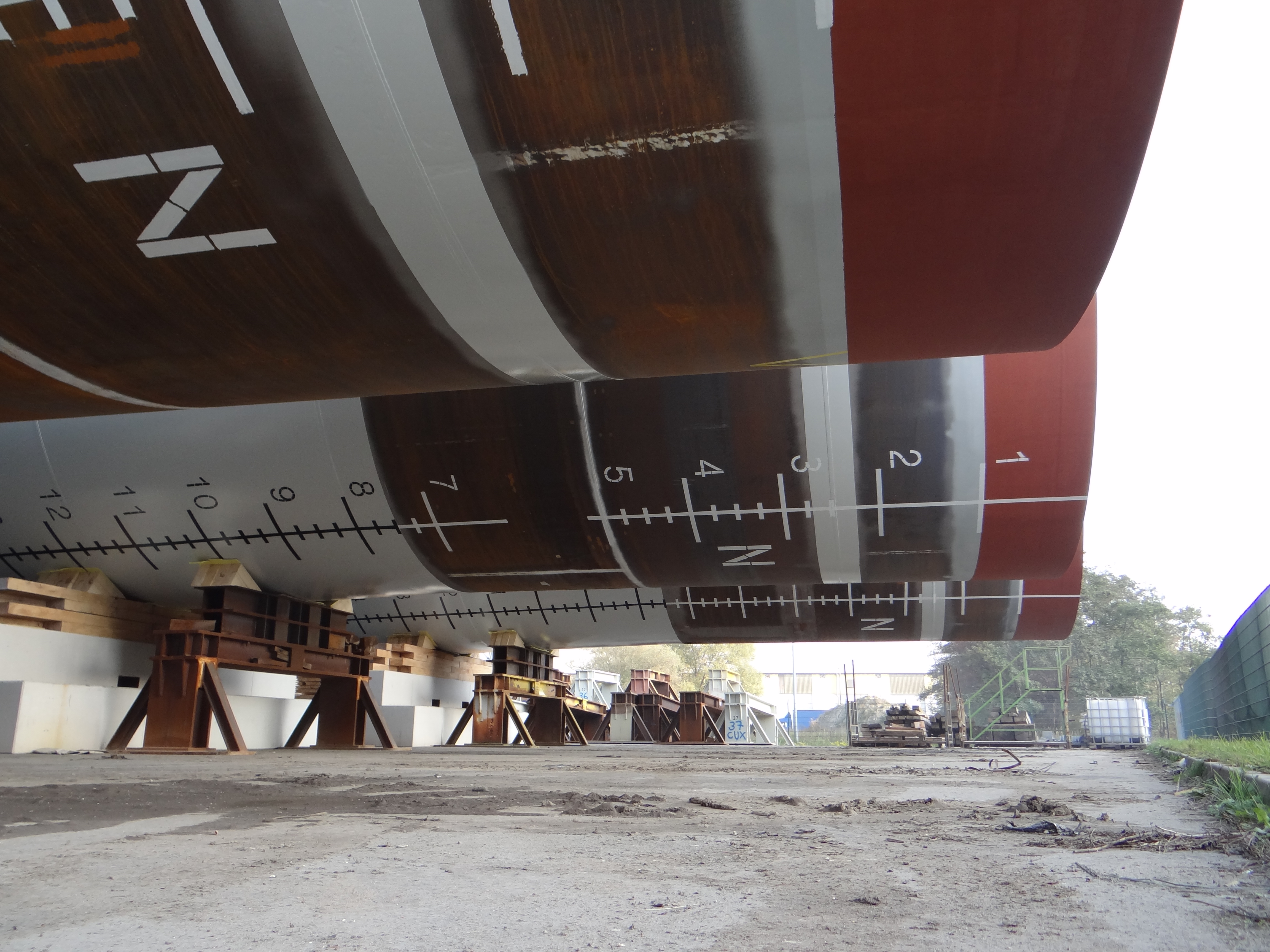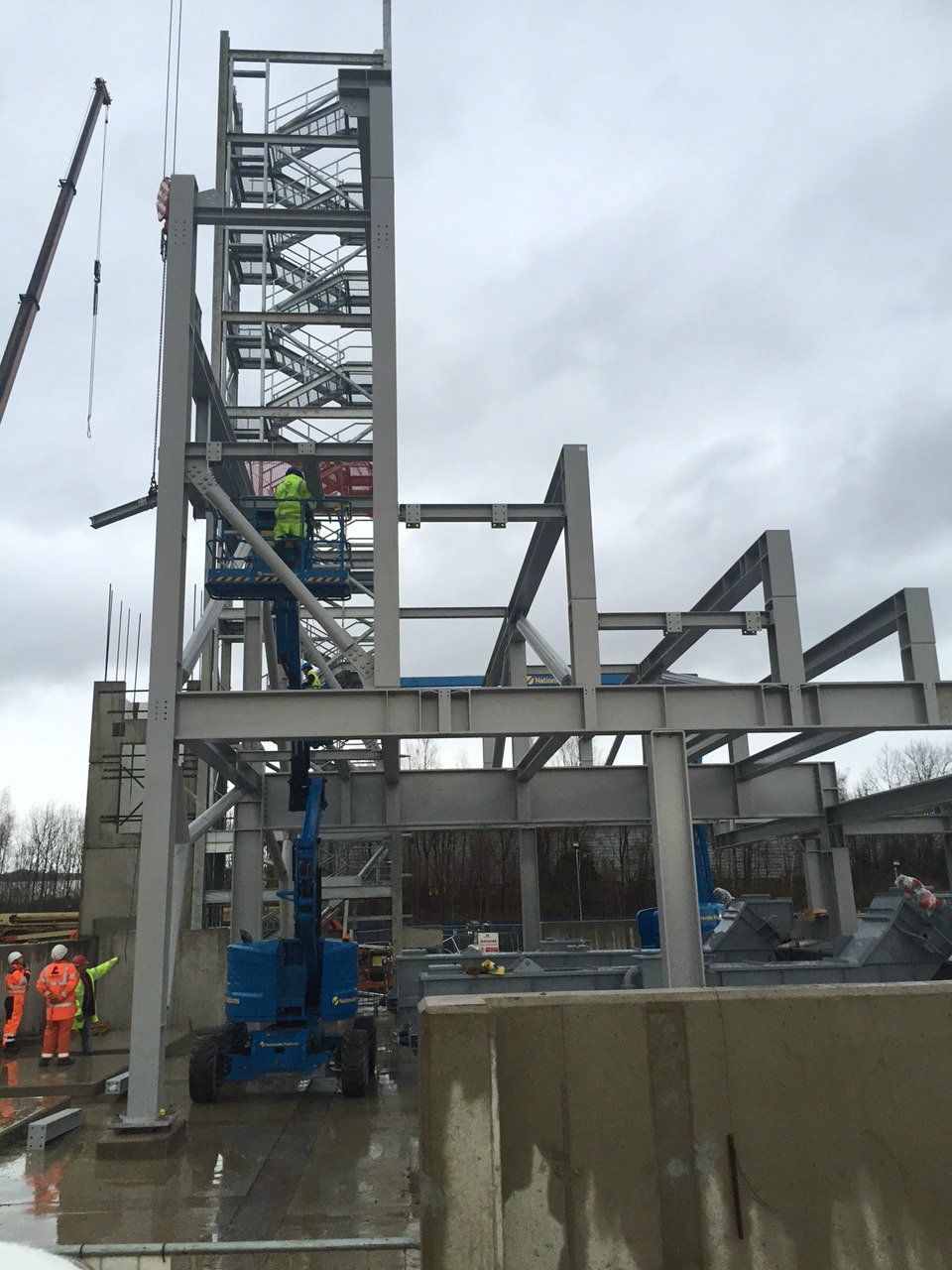Backed by an EFSI equity investment Copenhagen Infrastructure II gets pension funds into renewable energy infrastructure investments
Putting 67 wind turbines, each 90 metres tall, in the raging North Sea is tricky. Turning waste wood into electricity isn’t exactly child’s play, either. But try raising billions of euros to do these things from investors who typically don’t take big risks. Now that requires some innovative thinking.
That’s the challenge that faced Copenhagen Infrastructure Partners, a Danish renewable energy infrastructure fund manager, when it put together its third major investment fund. By planning investments with considerably lower levels of leverage than similar funds, the company raised about EUR 2 billion, mostly from pension funds and other typically conservative investors. Without the smart structure the managers found for the fund, most of the institutional investors would probably not have put their money into new energy technologies that are usually seen as relatively risky investments.
“We wanted to make these types of investments attractive and accessible to institutional investors,” says Stephanie Bendorff Røpcke, a Copenhagen Infrastructure Partners Vice President.
The result was Copenhagen Infrastructure II, which started in September 2014 with money from eight Danish institutional investors. By the time it completed fundraising in July 2015, it had 19 investors, including the European Investment Bank. The EIB’s EUR 75 million was the first equity participation made through the European Fund for Strategic Investment. EFSI, as it’s known, aims to generate EUR 315 billion in new investment by 2018 with initial money from the EIB and the European Commission.

EFSI’s role
A major aim of EFSI is to draw private investors into areas where they typically may fear to tread. That fulfills an important need for the investors, as well as a policy goal for EFSI. Here’s how: “Institutional investors are sitting on lots of money and they need to invest it, because there are such low interest rates at the moment and they need a higher return,” says Barbara Boos, co-head of equity funds in the EIB’s climate change and environment division.
Institutional investors are often wary of relatively untried technologies. They look for dependable investments, because they have to protect people’s pension money. The structure of Copenhagen Infrastructure II “channels their liquidity into investments they wouldn’t usually fund,” says Boos.
PensionDanmark, Copenhagen Infrastructure II’s cornerstone investor, is a leading advocate of institutional investor support for low-carbon financing. PensionDanmark influenced the design of the fund to be attractive to institutions. “These outcomes were the reasons we wanted to support it with an EFSI investment,” Boos says.
With the combination of EUR 5 billion of its own resources and a EUR 16 billion European Commission guarantee, EFSI enables the EIB to make investments it would previously not have done. Copenhagen Infrastructure II fits that bill. Previous EIB equity investments were smaller, usually no more than EUR 50 million. Due to EFSI the EIB was able to increase its stake in Copenhagen Infrastructure II to EUR 75 million.
That gives the EIB a sufficiently large stake for it to ensure an active voice in the way the fund is structured and run. For example, the EIB has rigorous environmental and sustainability standards that some fund managers consider rather onerous. “While in fact Copenhagen Infrastructure Partners welcomed the EIB’s approach,” Boos says, “putting up a big stake makes the extra effort worthwhile for managers.”

How low leverage brings in big money
One of the key attractions for institutional investors in Copenhagen Infrastructure II is the fact that it intends to make investments with low leverage. Copenhagen Infrastructure II typically funds its share of a project with preferred equity, or a combination of equity and debt. That makes the level of leverage far below similar infrastructure funds and “de-risks” Copenhagen Infrastructure II so that relatively conservative institutional investors can participate.
“For the kind of investors we have, the fund is more of an alternative to a bond, rather than a highly leveraged private equity investment,” says Copenhagen’s Bendorff Røpcke.

Some renewable energy technologies, like onshore wind farms, are mature investments and not particularly risky. Onshore wind has over 360,000 megawatts of installed capacity globally, and solar power has more than 180,000 megawatts.
By comparison there is something over 9000 megawatts of offshore wind capacity installed worldwide. The EIB has provided loans to finance roughly two-thirds of that, because private investment in the new technology sometimes flags.
A billion for biomass and offshore wind
Copenhagen Infrastructure II has already committed or reserved about EUR 1 billion of its total funds for specific investments. These first investments are in newer technologies that traditional institutional investors usually don’t get into:
- a 100 percent ownership stake in the Brite biomass power plant in Rotherham, northern England. Fired with waste wood, the plant will be completed in the spring of 2017. Its 39.3 megawatts capacity will be enough to power 14 percent of the homes in the nearby city of Sheffield
- a EUR 250 million stake in the EUR 1.9 billion German offshore wind project Veja Mate. In the North Sea, 95 kilometres off the German coast, Veja Mate is installing 67 Siemens turbines which will have a total capacity of 402 megawatts when operational in 2017. That’s enough electricity to power 284,000 homes in Germany
- an investment in the Beatrice Offshore Windfarm, a project off the northeast shore of Scotland (to which the EIB separately plans to lend EUR 714 million). Copenhagen is expecting to make its final investment decision in the spring of 2016
The entirety of the EUR 2 billion fund is expected to be committed to investments by mid-2017. With Copenhagen Infrastructure II’s managers planning to hold their investments for as much as 20 years, that will support these innovative projects for the long term.
